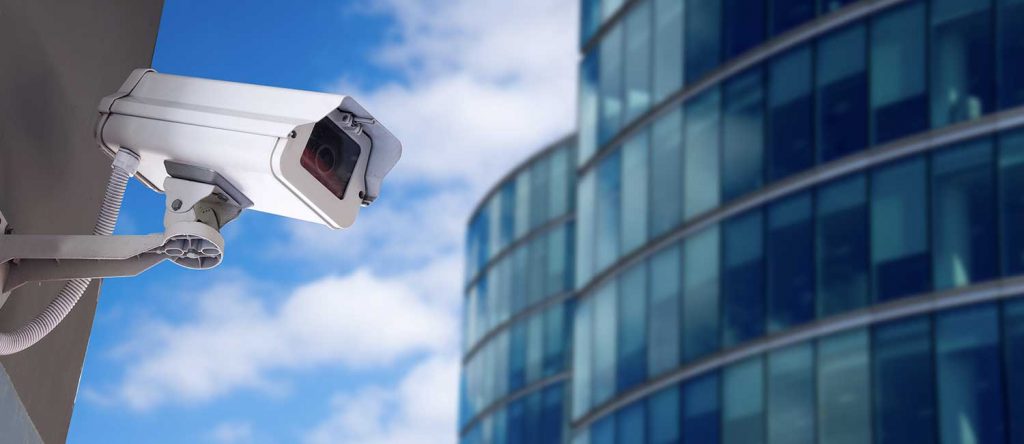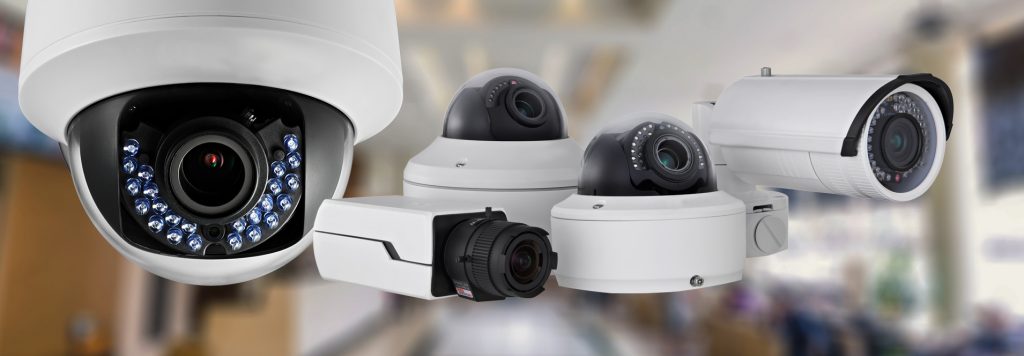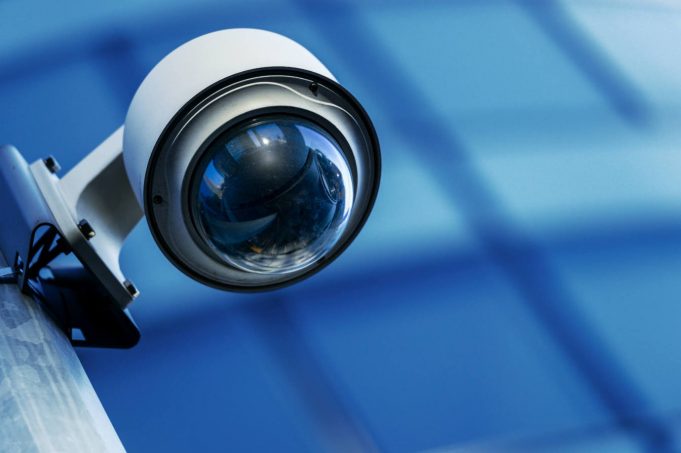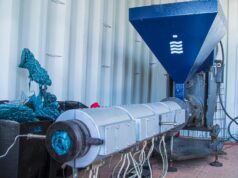CCTV cameras and systems were first introduced to the US and UK public somewhere between the 60’s and 70’s. When first introduced, CCTV systems were a massive step up from normal surveillance cameras attached to monitors. Reasons for that were because surveillance cameras from the 60’s were basic, consisting of very low resolution, black and white color, and they were connected to monitors via coaxial cables.
Surveillance cameras from the 60’s were so basic that each camera required their own monitor. So if you wanted to place 10 cameras in front of your store, you would require 10 monitors and each of them would display black and white color.
Surveillance cameras from the 60’s were used to monitor public areas such as parks, public facilities, train stations, retail stores, banks, parking lots, etc.

The evolution of CCTV systems firstly started with the introduction to the CCTV switch boxes in the 60’s. This switch box would allow the user to browse between different cameras on a single monitor. A great feature would be the option to see multiple camera views on a single monitor, however, that was impossible at that time.
CCTV Systems in the 70’s
The 70’s came and new technology arrived for CCTV cameras. The Multiplexers, VCR’s, and solid state cameras were introduced that further simplified the work of CCTV camera operators. Multiplexers allowed the monitor to split the screen into multiple frames, and each frame displayed a different camera. The introduction of VCR’s allowed the camera to record the video more easily, making it more easily distributed as well. And solid state cameras massively improved reliability as well as easier integration of VCR’s into the surveillance system. So the 70’s were massive for CCTV technology.

CCTV systems nowadays, like Dahua CCTV, are much more complex in design, but simpler to use due to the technological advancements, but more on that later.
CCTV Systems in the 80’s
The 80’s showed us that VCR’s came with many problems. Stuff like a bad quality of recording, frequent tapping ups, low-resolution camera images, fragile videotapes, and low tech solutions were just the problems on the surface of things. Furthermore, CCTV systems were designed to catch thieves, criminals, murderers, but the poor quality meant that it was extremely hard to recognize anything or anyone on the tapes. VCR’s recordings were very time consuming to review, and they had no motion detecting capabilities. They provided a very basic function of allowing the user to record but in very poor quality.
CCTV Systems in the 90’s
In the 90’s came the Next Generation of CCTV systems. The technology was based on a computer device called Digital Video Recorder, or DVR. DVR’s were the same as VCR’s but better. They were still expensive, but they allowed for images to be taken and recorded in a much higher resolution, and they completely eliminated the use of videotape. DVR’s came with timestamps so it would be easier to look for a specific date and time. Furthermore, the IP technology allowed users for both video and audio to be recorded by the cameras. CCTV systems could be fully controlled over a local area through LAN connection, and a wider area (WAN) or the internet. That meant that a single user could have access to the entire CCTV system anywhere in the world, as long as there was internet access.

CCTV Systems Today
Modern CCTV systems have the option to pan, tilt, and zoom. This trio of tasks is commonly referred to as PTZ. Furthermore, modern CCTV systems record in higher resolution, have a wide range of lenses available and are even capable of night vision recording.









